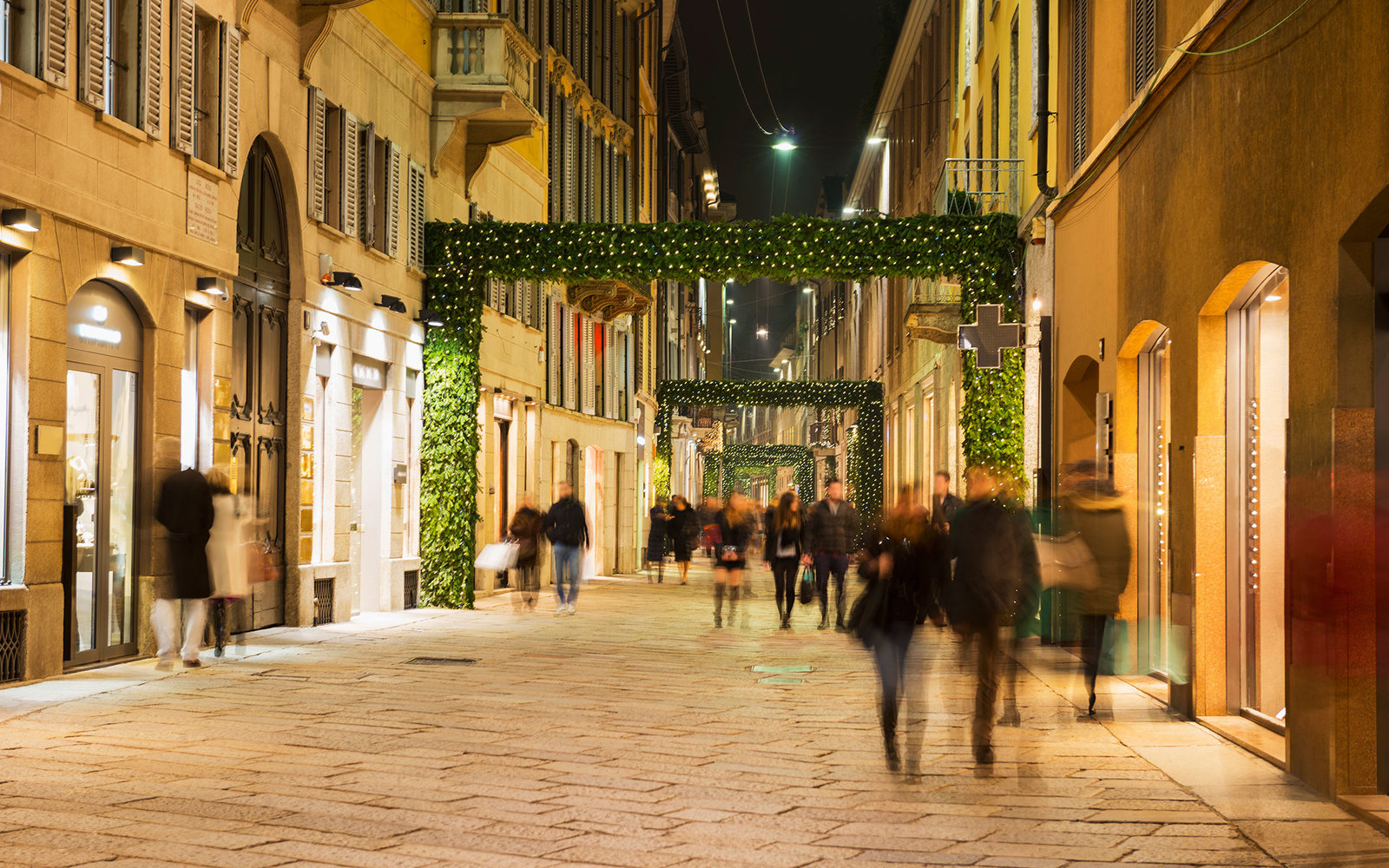
It’s known as the fashion capital, but Milan has more going on than the Armani museum and Wes Anderson-designed cocktail bars. “Milan is full of secrets,” Riccardo Bortolotti, GM of the new ME Milan - Il Duca hotel, cryptically told me. “You have to go behind the walls and discover it.” But how exactly does a visitor do that?
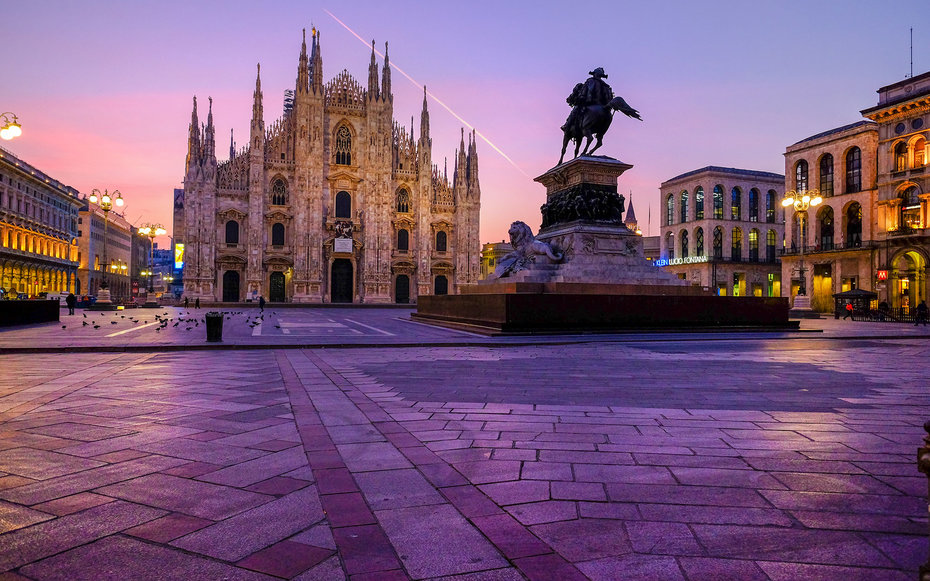
I found the answer during a chance meet-up with an old friend. Rocky Fairchild, a British expat who once worked under the designer Vivienne Westwood, has lived in Milan for the last twelve years, and knows the city like the back of his hand. Like many Milanese, he explores the city on two wheels (something tourists can do too, now, thanks to the wildly successful BikeMi program). An English teacher by profession, his schedule allows him to spend off-hours cycling through parks and exploring new neighborhoods on a whim.
Which is what led him to propose a midnight bike tour of the city.
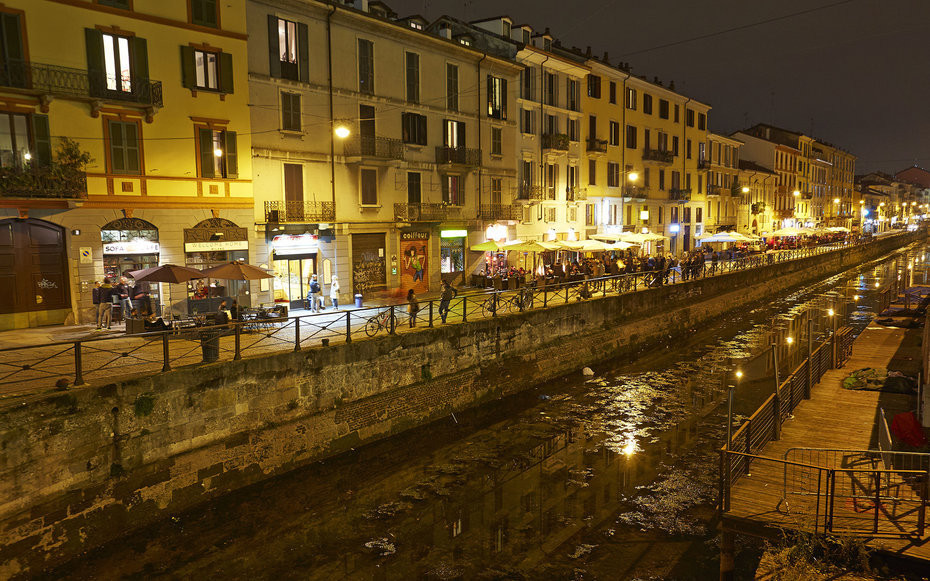
Always up for an adventure, I’d instinctively said yes. But it wasn’t until we began that I realized just how special this adventure was going to be. Cruising down the rain-slicked streets made the whole city come to life. Parts of Milan normally obscured by throngs of tourists were suddenly within reach—the historic avenues and monuments all laid out like cookies on a tray. This hadn’t been Rocky’s motive for the tour. He’d just wanted to come up with a fun evening activity, but in doing so, showed me how to decode this riddle of a city.
We began near Rocky’s apartment, in Piazzale Loreto, where metro lines 1 and 2 intersect. It’s unremarkable—a few McDonalds and some clothing chain stores—save for one event that took place in 1945: the public displaying of Mussolini’s corpse (hung upside down) after his capture and execution at the Swiss border.
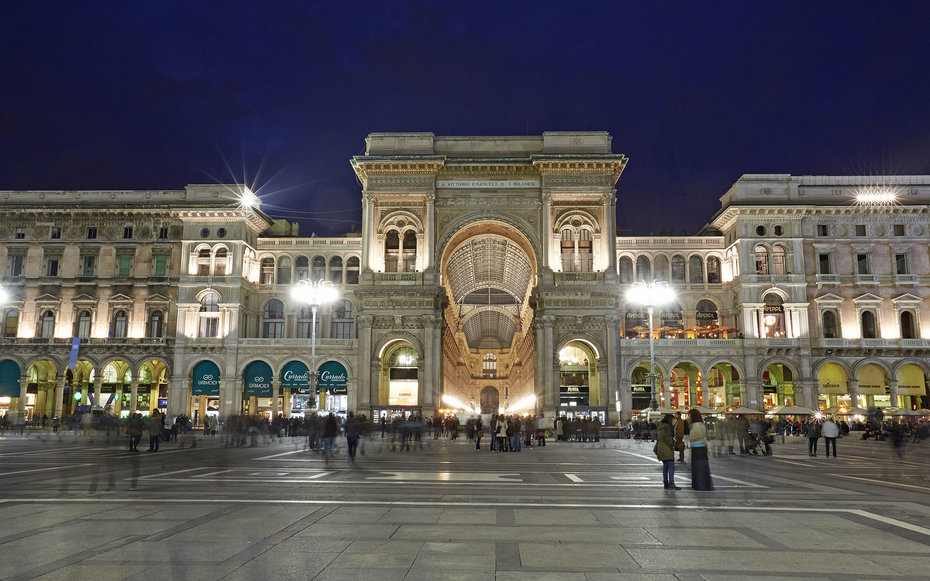
From there, it was over to the Stazione Centrale. Usually the main entryway into the city (it connects to Malpensa Airport via the Malpensa Express train service), the building is as impressive at night as it is useful for travelers during the day. Fortress-like, built of concrete and travertine, the immense facade soars 236 feet into the air, buffered by a 650-foot-wide colonnade.
Then, a quick ride down the famous shopping street Via della Spiga—Tiffany, Dolce & Gabbana, Chopard—which was like floating through a genie’s cave, its gleaming treasures concealed inside beautifully-arranged window displays.
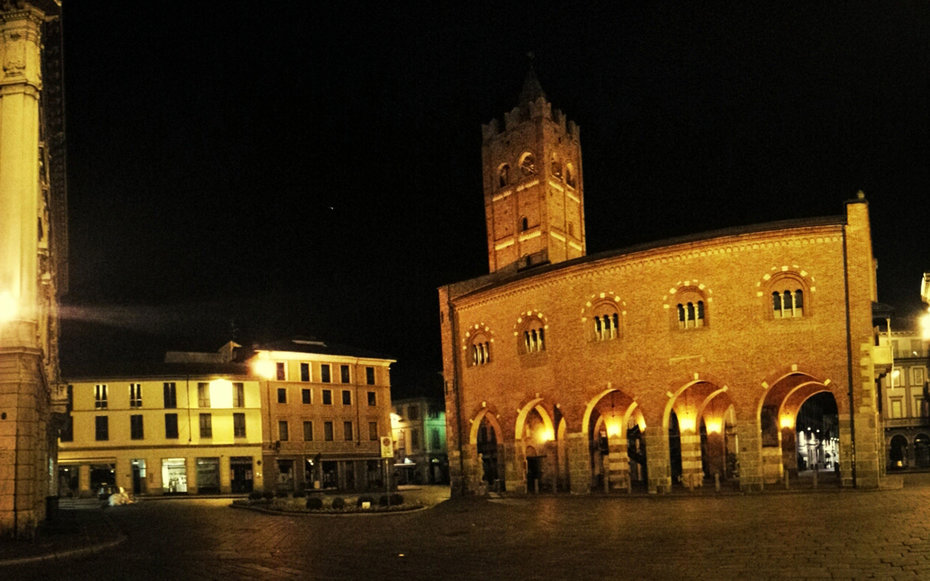
We came out by Piazza della Repubblica, which once held the city’s largest train station. In May, the new ME Milan - Il Duca opened inside a 1920 building whose facade was designed by the Pritzker Prize-winning late architect Aldo Rossi’s studio. Rooms are affordable, and appropriately stylish, with sleek neutral upholstery and espresso machines. But the big draw is upstairs, where, at night, the hotel’s rooftop bar, Radio, bursts to life.
Nearby, we whizzed through Porta Nuova, home to the “new” Milan, with Stefano Boeri’s eccentric vertical forest as well as Italy’s tallest skyscraper, the 755-foot tall Unicredit Tower (part of which is modeled after Dubai’s Burj Khalifa). Next door, Unicredit commissioned Michele De Lucchi to design a striking new wood-cased concert hall in the shape of a bean, the Unicredit Pavilion, which officially opened this summer.
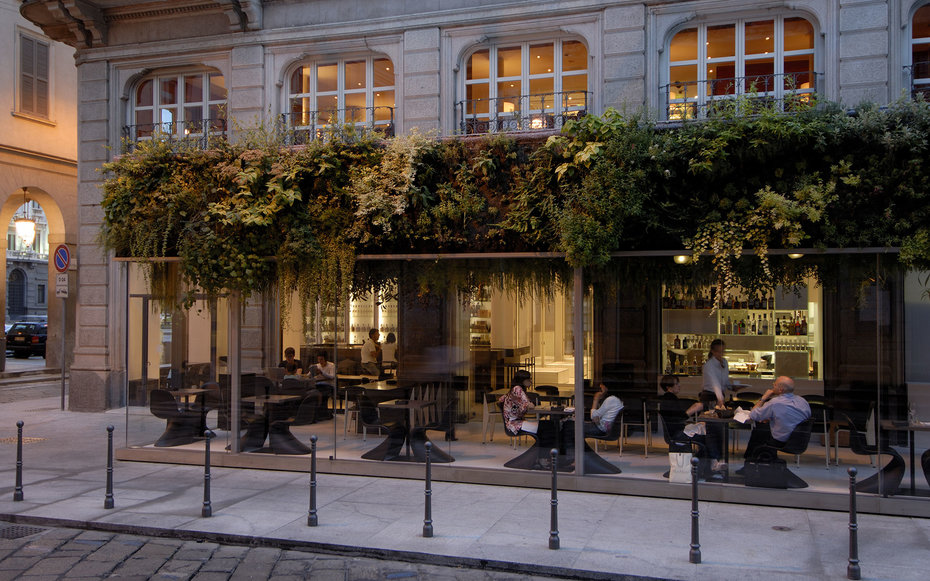
Skirting around the center, we passed the solemn entrance to the 15th-century Castello Sforzesco, which contains several distinct museum collections. At 1 a.m., a dog played fetch with its owners, darting up and down the castle’s deep grass trenches to retrieve a neon light-up toy. And at the Universittà Cattolica del Sacro Cuore, Europe’s largest private university, the empty cobblestone lanes and brick arches made me feel like I was on the set of a Harry Potter movie.
Of course, the downside of biking after-hours is that almost every place you pass is closed. But not all: in La Darsena—recently redeveloped as a hip waterfront promenade with floating light installations and bike paths along the docks—we stopped off at Bar Tabacchi La Darsena. The classic, no-pretense bar had jazz blasting from the speakers and locals sipping beers outside, the perfect stop-off on our zigzagging tour (and a great way to witness locals enjoying the city after-hours).
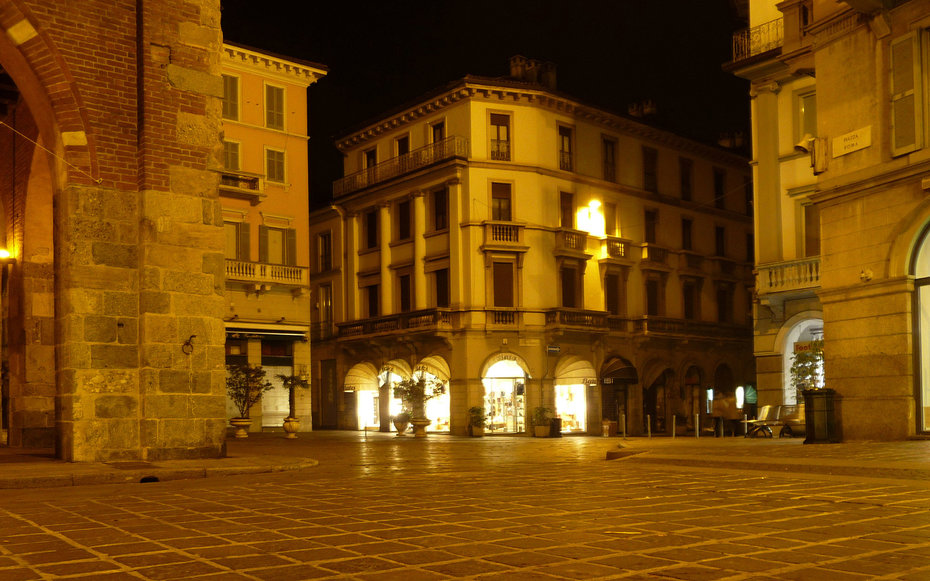
My favorite part of the whole tour was Via Mozart, an upscale residential stretch tucked away off Corso Venezia. Each mansion was more interesting (and gorgeous) than the next—there was Palazzo Invernizzi, where a family of pink flamingos lives behind the tall iron gates. Then there’s the Istituto dei Ciechi, a house for the blind that hosts occasional dinner parties in the dark. And at the far end of the street, Villa Necchi Campiglio contains the most impressive collection of 20th century decorative art in the whole city (16 guided tours are offered each day).
Fittingly, it was the famous Piazza del Duomo where we ended up, an unavoidable (and tourist-clogged) stop on any Milan itinerary. But at 2 a.m., there was a different vibe in the piazza, which regularly draws 80,000 visitors per day. The giant, ghostlike cathedral glowed eerily white against the cloudy night sky. It was otherworldly, it was a masterpiece of history, and it was all ours.